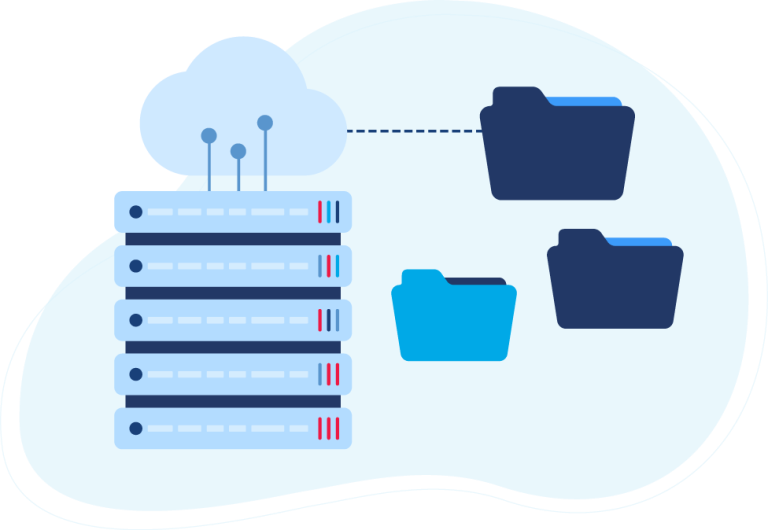This year has been extraordinary for e-tailers. Being caught in government-mandated lockdowns and social distancing rules has jump-started many Merchants into ecommerce faster than ever. To cope with the loss of traditional foot traffic business in stores, a lot of Merchants are hoping to get an integration solution and other applications set up before BFCM and beyond under incredibly short timelines. But how long should an integration take to implement?
Unfortunately, for large businesses with complex integration and individual business rules, attempting to have an integration solution set up for 2020’s BFCM season is a little too late. If you’re going upmarket with a data integration solution that’s not out-of-the-box (“plug-and-play”), you should come prepared with knowing how long an upmarket solution should take before your project is live.
We have spoken to a lot of Merchants new to ecommerce that do not know how long an integration solution should take to implement. Let’s take the opportunity to look into what an agile and scalable integration solution requires to go-live and how long is a realistic wait time before launch.
Let’s dive in.
Are You Ready for Integration?
When should your business move away from manual processes and into seamless and agile integrations? Let our knowledgeable Technical Coordinator Bob, tell you all about it.
But Tick-Tock — How Long Should Data Integration Take to Implement?
So, how long should onboarding and implementation of a data integration solution take?
The answer to this question is not one size-fits-all. It varies as much as there are individual businesses. Each with its own complexities and business rules.
However, there is a general rule of thumb: From contract signing to go-live date should be approximately 8-12 weeks if the certain conditions are met in a timely manner.
Here are some considerations to keep in mind as you seek to implement an integration solution with the help of an integration expert:
Creating an Integration Solution for your Business Is a Team Effort
You must consider that creating a scalable and agile data integration solution is a partnership effort. Integration services like VL OMNI’s work best when there is a true partnership between Merchant and solution providers. Because we are dealing with specific and technical aspects of Merchant data, integration providers like VL OMNI must have active access to data sets and other applications to set up Connectors.
We Work As Quickly and Efficiently As You Do.
In basic terms, you get out of a project what you put in. Integration specialists like VL OMNI’s developers need certain technical information about our Merchants systems, data, and applications that are key to creating your Integration Connectors. Promptly answering inquiries and giving us all the information we need in a timely manner allows us to start right away.
There are often other application processes that must be set up before integration Connectors can be put into place, such as setting up an ERP implementation or a new ecommerce store. In a partnership integration solution, Merchants must prioritize their ecommerce back end set up in order to efficiently grow their business.
Being available for calls, answering emails promptly, and being able to answer the important technical questions that our developers need to create your solution will speed up the implementation process ten-fold.
Designate A Point-Person
When there are delays in the information gathering process, delays in returning emails or phone calls can delay the implementation process considerably. We understand that integration can be a technically complex process that can be overwhelming for an Ecommerce Manager or Business Development personnel to understand fully.
We strongly recommend that there is a technical point person on the Merchant team. So that person can liaise with VL OMNI’s developers and onboarding team to reduce time delays and frustration.
The Payoff Of Having Agile Integrations In Place
In reality, creating and implementing an integration solution that is both agile, flexible, and scalable with VL OMNI can take only a couple of weeks depending on complexity and business rules. The overall benefit and ROI of these integrations are immediately evident to your business.
For Merchants, our biggest advice is having a complete data integration strategy realized before implementing a solution to avoid heading down the wrong path, partnering with a solution that may not fit your goals, or ultimately getting stuck in an “it’s almost ready!” loop for weeks (or months).
Implementing an integration solution that matches your needs
Here at VL OMNI, we have a tried, tested, and true onboarding process that allows the merchant to be fully involved in the implementation and kickoff. That’s the difference a great data integration provider like VL OMNI makes — one that looks at your business holistically, understands your business’ needs deeply, and deploys a solution to match your needs.
We hope this guide helps you determine what and how long it should take to implement an integration solution.
Want to learn more about VL OMNI’s Integration Solutions and onboarding process?
Let’s Move Your Data
Related resources you might find helpful:
- An Integration Toolkit to help you build an integration strategy from the ground up:
- What should Data Integration cost?
- What is Data Integration and Automation?
- Understand what APIs and Webhooks are and the key role they play in data integration
- Why your business should consider a robust integration strategy before committing to a solution
- How to spot an effective data integration solution and how to identify ineffective ones
 D365 Business Central
D365 Business Central Netsuite
Netsuite


